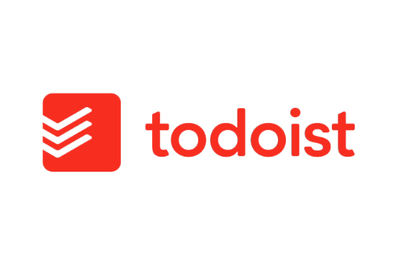Mastering your to-do list can seem like a Sisyphean task, but a good to-do list app should help you regain control over your routines and make it possible to keep chaos at bay.
Our to-do list app picks, Todoist, TickTick, and the Apple-exclusive Things 3, are a breeze to use, have thoughtful designs, and feature flexible organization schemes, so you can conveniently hop in, address your obligations, and enter new tasks—then get right back to the doing.
Our pick
Todoist is one of the best-known to-do list apps, and for good reason—it’s simply a joy to use, with a treasure trove of helpful functions, such as progress tracking, unlimited reminders, and organizational features that make managing multiple projects a breeze, including color coding and 150 filter views. It’s compatible with Apple, Android, Windows, and Linux, as well as automation programs like Zapier and IFTTT. It gets regular updates and has a strong, clear privacy policy, with daily automatic data backups, data encryption, and no ads.
We relegated Todoist to the competition in a previous version of this guide due to its limited calendar integration offerings and counter-intuitive interface, both of which have since been improved. In fact, Todoist’s uncluttered, straightforward design made the app a clear winner this time around in our testing. As with all of the to-do list apps we tried, its calendar features were still lacking in some ways, but it integrates with pretty much any calendar you might use.
You can choose between a free beginner plan and a paid pro plan, but we found the lack of reminders and other crucial features made Todoist’s free plan far too limited compared with other free options. Considering how significantly Todoist Pro improved our day-to-day lives, the subscription is well worth the $5 per month or $48 per year.
Budget pick
TickTick stands out from our other picks because its free plan is much more comprehensive. Like Todoist, TickTick (our former top pick) offers pretty much everything you could need to organize a variety of workflows, including useful functions like a Pomodoro timer. TickTick also has the best natural language support we’ve seen—for example, “Pick up the dry cleaning at 3 p.m.”—which makes creating tasks a breeze. Its seamless calendar integration was also the best we’ve seen. It’s available on all major operating systems, and works with a wide range of integrations.
Although this app provides a good-enough user experience, it’s generally a little less streamlined than our other picks and takes a little longer to get the hang of. But as is the case with most apps, you’ll quickly catch on the more you play with it.
Casual users should be able to get along just fine without needing to upgrade to the premium plan. And if you do opt for the paid plan, it’s slightly cheaper than Todoist on a monthly basis, but it offers comparable upgrades—stuff like constant reminders, robust collaboration tools, and expanded calendar integrations.
Also great
Things 3 is an impressively powerful to-do list and task management app—but it isn’t available on Windows or Android devices. For individuals who exclusively use Apple devices, it offers plenty of organizational options (including tags, task prioritization, task statuses, and color coding) without being overwhelming.
Compared with our other picks, its natural language input is more limited, and it lacks location-based reminders and many collaborative features. But its thoughtful, clean interface made it just as easy and enjoyable to use—and at times more so—as Todoist.
It also integrates seamlessly with Apple’s proprietary services (like Apple Calendar and Reminders), as well as IFTTT and Zapier, but those integrations are optional. Unlike other Apple-only apps we tried, Things 3 is robust enough to be used on its own, without needing to rely on Apple’s apps for added functionality. With a fair price and strong privacy standards, it’s a great choice for Apple users seeking an affordable, capable alternative to Reminders.







